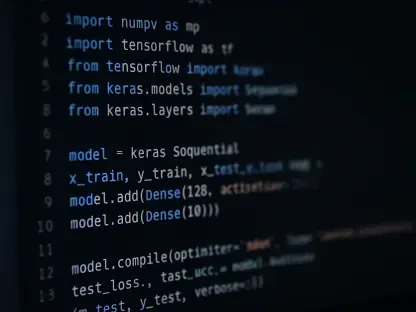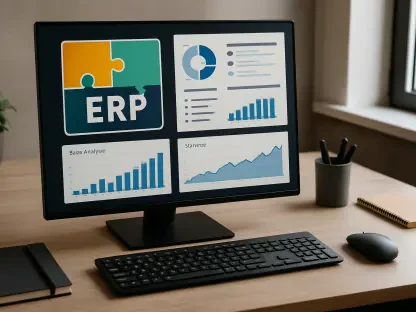In today’s data-centric world, extracting meaningful insights from fragmented data sources is crucial for organizations. To shed light on this, we sat down with Anand Naidu, our resident development expert, proficient in both frontend and backend technologies. Anand offers deep insights into the realms of data mesh, data fabric, and data virtualization, explaining their unique roles and how they integrate to optimize data strategies.
Can you provide a brief overview of what data mesh, data fabric, and data virtualization are?
Data mesh is fundamentally a decentralized approach to managing data, empowering domain experts to take ownership and treat their data as a product. Data fabric, on the other hand, is an architectural framework that ensures unified access to data stored across various platforms and formats using advanced technologies like AI and ML. Data virtualization acts as an intermediary, creating a unified view of data across multiple systems without the need to move or replicate it physically.
What are the key differences between data mesh, data fabric, and data virtualization?
Data mesh focuses on decentralization and domain-specific ownership of data, ensuring that the teams closest to the data handle its management and governance. Data fabric provides a technical framework to unify access to this dispersed data. Data virtualization facilitates this unification by creating a cohesive view of data from different sources. These strategies overlap in their mutual goal of making data accessible and manageable, but they complement each other by addressing different layers of the data architecture.
How does data mesh help organizations manage their data more effectively?
With data mesh, domain experts manage their own data, increasing data reliability and relevance. By treating data as a product, organizations can ensure its quality and utility. This approach promotes accountability and better data governance, stemming from an in-depth understanding of the data by those who directly use it.
How does data mesh relate to domain-driven design and microservices-based architectures?
Data mesh adopts principles from domain-driven design and microservices, emphasizing data ownership within specific domains. This means each team responsible for a domain handles its data, creating a clear structure for data management. Benefits include enhanced scalability and flexibility, as teams can operate independently, reducing bottlenecks and fostering innovation.
What is data fabric, and how does it work within an organization?
Data fabric acts as a unified layer that connects disparate data sources, whether on-premises, in the cloud, or at the edge. It leverages AI and ML to understand relationships between various data sets, providing real-time insights. This architecture allows organizations to access relevant data without undergoing extensive consolidation.
How does data fabric act as an abstraction layer in an organization’s data architecture?
By interacting with various silos, data fabric abstracts the underlying complexity of different data stores, presenting a cohesive and integrated view. Common silos include traditional RDBMS, cloud storage systems, and departmental NoSQL databases. Vendors in this space, such as IBM and Informatica, offer comprehensive data fabric solutions.
What is data virtualization, and why is it important?
Data virtualization allows organizations to create a unified view of their data across multiple systems, enabling immediate access, querying, and analysis without the need for physical data movement. This capability reduces the complexity and latency associated with data integration efforts and enhances decision-making processes.
How do data fabric and data mesh utilize data virtualization?
Data virtualization underpins both data fabric and data mesh, enabling a “single pane of glass” for data access. In a data mesh architecture, it helps manage heterogeneous data efficiently, ensuring that domain-specific teams can combine and utilize data from various sources seamlessly.
Can you discuss a case study where data mesh, data fabric, and data virtualization were implemented together?
Consider a global retail company looking to unify customer data across multiple regions. Implementing data mesh allowed regional teams to manage local customer data effectively. A data fabric provided seamless access to this data, while data virtualization enabled a unified view for global analytics. Challenges included aligning regional data governance practices and integrating diverse data formats, but the outcome was a robust data strategy that enhanced customer insights.
How should organizations decide which of these approaches to implement?
Organizations need to assess their specific needs and existing infrastructure. Key considerations include data governance requirements, the complexity of existing data landscapes, and the need for cross-functional data integration. By understanding these factors, organizations can customize these approaches to fit their unique data strategy and operational goals.
What is your forecast for the future of these data management strategies?
As data continues to grow in volume and complexity, the adoption of integrated approaches like data mesh, data fabric, and data virtualization will become more widespread. The convergence of these strategies will lead to more agile, scalable, and efficient data ecosystems, empowering organizations to leverage data as a core asset for innovation and competitive advantage.









